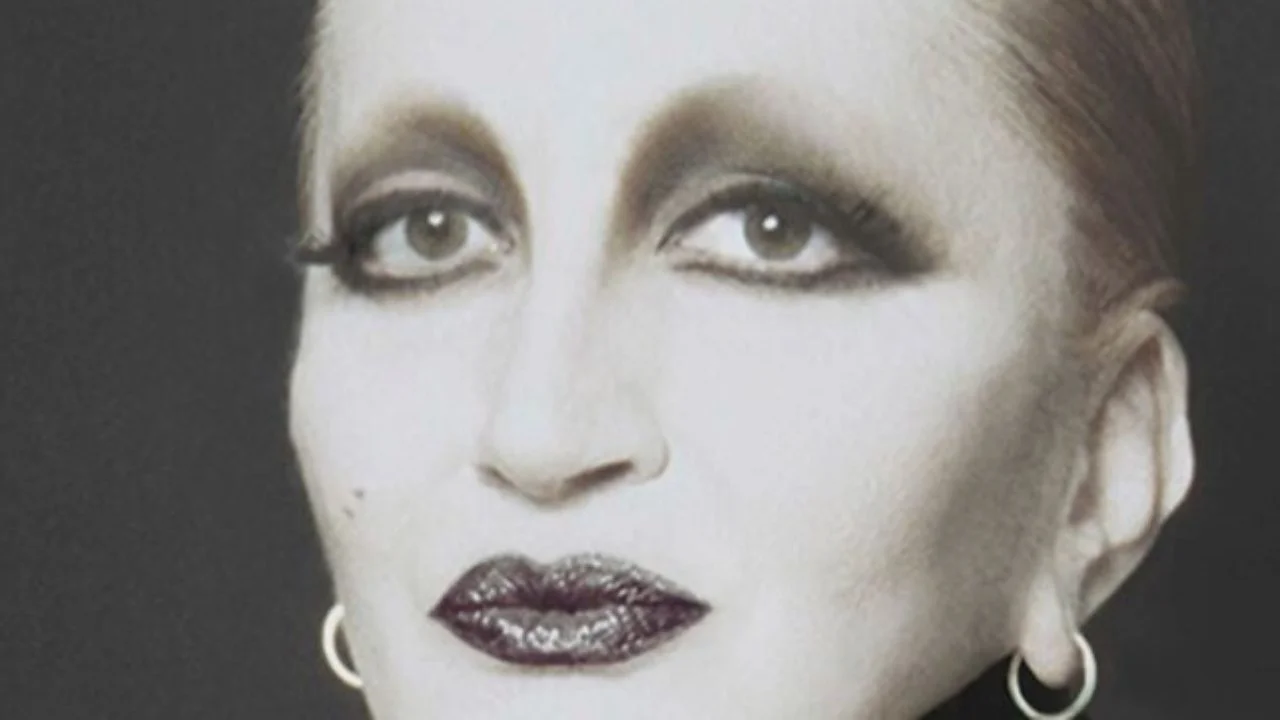- play_arrow
RadioPeng LIVE New! Curious Music Flows
If the gods of pop decided to whisper secrets into human ears, they’d probably sound a bit like Mina.
To call Mina just a singer is like calling the Colosseum just a pile of rocks. This woman didn’t just dominate the Italian charts for decades—she redefined what it meant to have a voice, a face, and then, gloriously, no face at all. That’s right. In 1978, she walked away from public life, stopped performing live, and retreated into a chosen invisibility that somehow made her even more present.
And yet, her presence was inescapable—especially in my household. My father, with his particular taste for the sublime and the dramatic, held a deep predilection for Mina. To him, she wasn’t just a singer; she was a mood, a goddess, a soundscape that could fill a room more completely than any orchestra. He didn’t talk much about music, but when he talked about Mina, it was like watching someone remember a vivid dream—half emotion, half holy reverence.
He’d play her records on slow Sunday mornings, the scent of coffee mingling with her contralto like some sacred rite. “Se telefonando” would drift through the living room like a message from a parallel universe. If you dared speak over it, you’d get the look. You do not interrupt Mina.
Born Mina Anna Mazzini in Busto Arsizio, she first erupted into the Italian consciousness in the late 1950s, swinging jazz tunes with a banshee wail and beatnik swagger. By the 1960s, she was La Tigre di Cremona, a nickname that somehow feels both majestic and faintly ridiculous, like calling David Bowie “The Stoat of Brixton.” But make no mistake: Mina’s roar was velvet-covered dynamite.
She could sing anything—anything. Operatic ballads? Check. Jazzy standards? Sure. Italian pop weirdness composed by the likes of Lucio Battisti? Bring it on. She didn’t just interpret songs; she invaded them, dismantled their emotional plumbing, and rebuilt them into shimmering cathedrals of sound.
And then there’s that face. Oh, that face. The Cleopatra eyeliner. The arched brows. The theatricality. She didn’t just wear makeup—she weaponized it. If eyes are the windows to the soul, Mina’s eyes were stained-glass portals to something unknowable, sacred, and vaguely kinky.
But perhaps the most avant-garde thing she ever did was vanish. Poof. No more tours. No interviews. Just a smoky contralto phoning in from the ether. Her album covers became increasingly abstract, like dadaist postcards from the diva dimension. One cover is just a disembodied eye. Another, a claymation bust. Mina as anime. Mina as geometry. Mina as myth.
Still, she releases albums like clockwork. Studio Uno, Rane Supreme, Mina Fossati, Maeba, Ti amo come un pazzo—the names alone sound like the titles of art-house films you pretend to have seen. And her collaborations? A who’s who of Italian music legends, from Adriano Celentano to Piero Umiliani, and even a duet with her own son, Massimiliano Pani, who also produces her music. Mina is a dynasty of one.
And then there’s her voice. Oh. That voice. It doesn’t age—it evolves, growing deeper, richer, like balsamic vinegar or a good conspiracy theory. It’s a voice that knows things. A voice that can laugh, weep, purr, or howl. A voice that, in any other artist, would be the whole show. But with Mina, it’s just the beginning.
So who is Mina?
She’s Italy’s answer to Dusty Springfield, Björk, and Greta Garbo rolled into one glittering enigma. She’s the blueprint for how to vanish with style. She’s proof that a voice, when powerful enough, can carry a ghost.
She is not just heard. She is felt.
Just ask my father.
Written by: madwonko
Similar posts
Electro Music Newsletter
Don't miss a beat
Sign up for the latest electronic news and special deals
By signing up, you understand and agree that your data will be collected and used subject to our Privacy Policy and Terms of Use.
Podcast episodes
Copyright 2025 Radiopeng.org






Post comments (0)